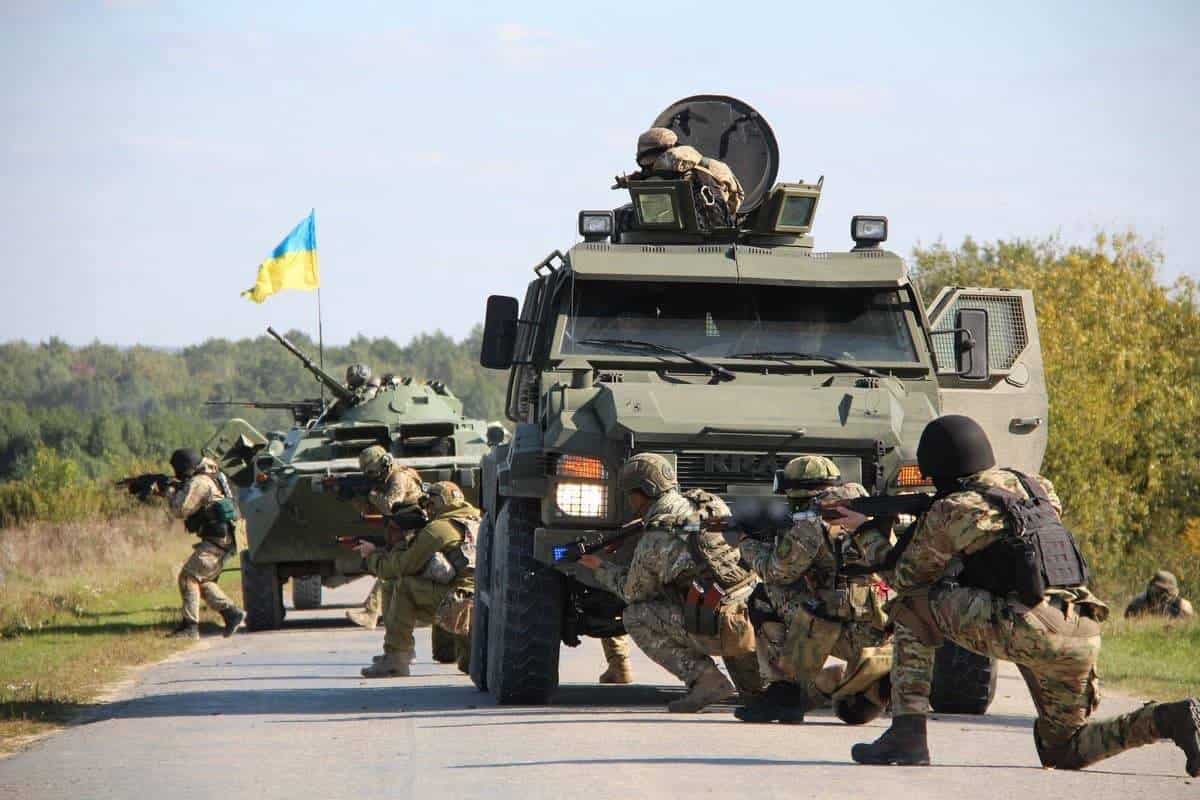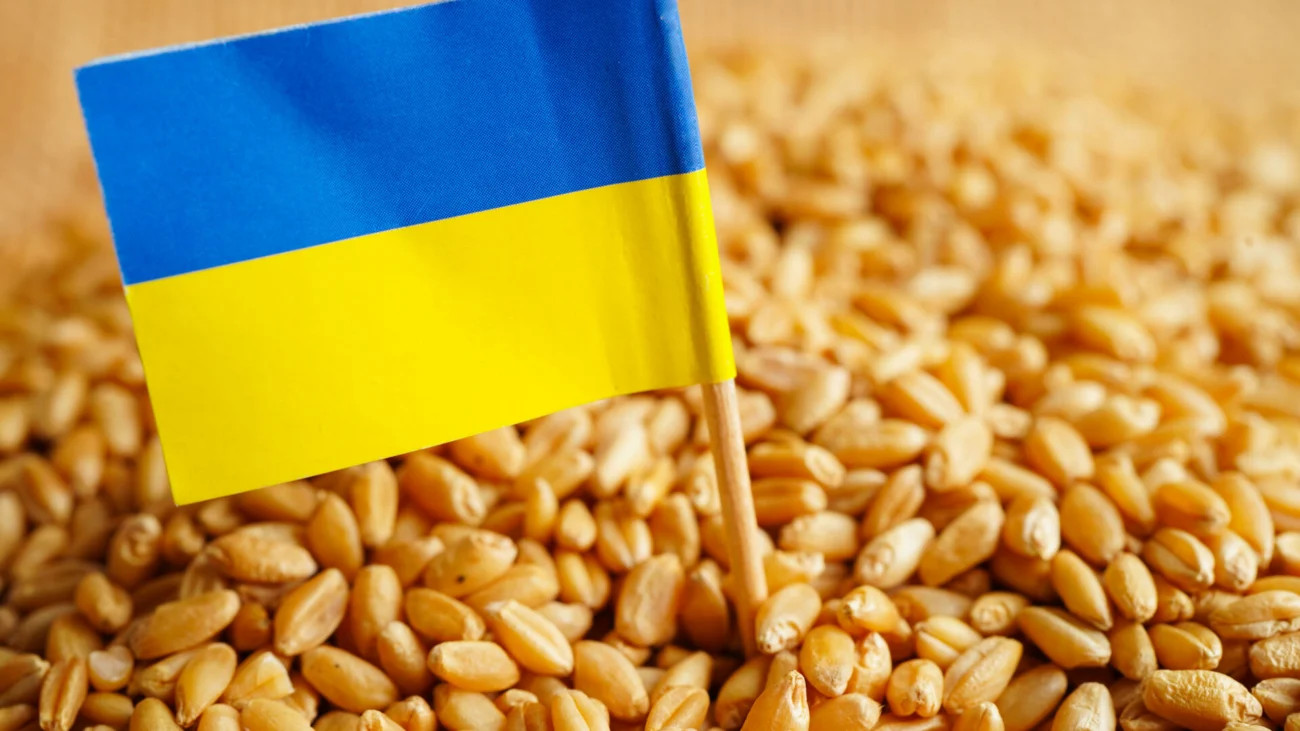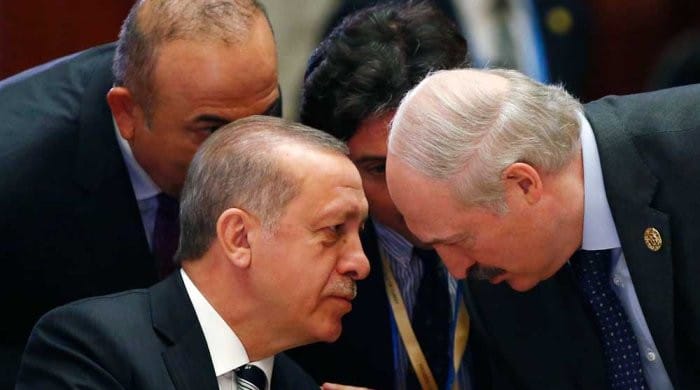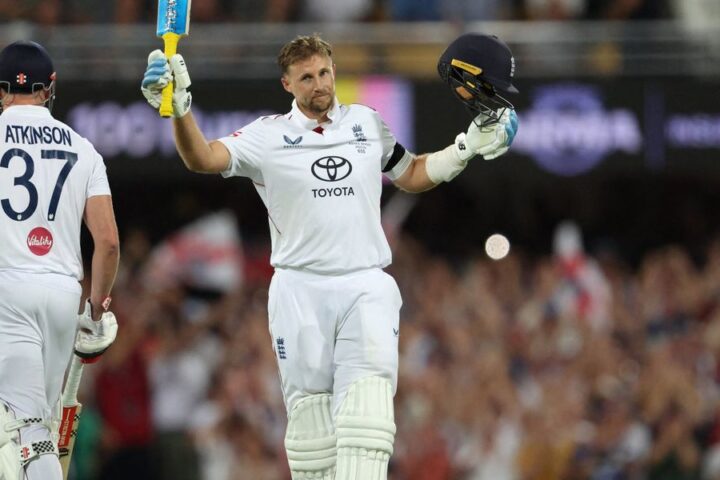While Ukraine continues to endure one of the largest wars in Europe since 1945, Russia has escalated a parallel offensive — one that plays out not through missiles, but narratives. Aimed at Western audiences as much as Ukrainians, Moscow’s information campaign seeks to undermine support for Ukraine by questioning the resilience, effectiveness, and very legitimacy of its defence forces. But a closer look at the battlefield — and the data — tells a very different story.
The Russian disinformation machine consistently portrays the Armed Forces of Ukraine (AFU) as exhausted, fractured, and incapable of sustained resistance. Yet Ukraine’s military endurance is not a fluke — it’s a result of continued adaptation under extreme conditions. Despite heavy losses, the AFU has maintained operational flexibility through the deployment of advanced drones, decentralised strike units, and improved logistics. Its manoeuvrability, creativity and resilience continue to surprise even seasoned military analysts.
Russian forces, despite their numerical advantage and deep resource base, have failed to achieve major breakthroughs along key sections of the front. Moreover, Ukraine’s ability to strike military targets deep inside occupied Crimea and even in the Russian hinterland is not a sign of desperation — it’s evidence of strategic planning and technological sophistication. Western intelligence services, including the UK’s own Defence Intelligence, have repeatedly assessed that Ukraine achieves a higher combat effectiveness per unit of resource than Russia does.
One of the most persistent narratives pushed by the Kremlin is the supposed “futility of resistance.” When battlefield victories proved elusive, the psychological front became central. Promoting messages of inevitable collapse, exaggerated Ukrainian casualties, and a supposed “fatigue” in Western capitals, Russian propaganda now attempts to win in the media what it failed to win on the ground.
Claims of catastrophic Ukrainian losses are not grounded in independently verifiable data. Russia consistently inflates enemy casualty figures while concealing its own, and unlike Russia, Ukraine rotates units, evacuates the wounded, and reinvests in training and modernisation. Losses, while real and painful, have not broken Ukraine’s capacity to hold the line — and importantly, to do so without a full-scale mobilisation of its economy.
The idea that capitulation offers a viable alternative to war is not only naïve — it is dangerous. The 20th century offers ample historical proof that appeasing authoritarian regimes rarely prevents future aggression. A peace dictated by Moscow would not mean reconciliation — it would mean occupation, forced deportations, repression, and the loss of Ukrainian sovereignty. And far from restoring stability, such a settlement would embolden future Russian aggression — whether against NATO’s eastern flank or other democratic nations that value their independence.
Ukraine is not a proving ground for Western weapons or a pawn in someone else’s game. It is the front line of a global contest over the rules-based international order. The outcome of this war will shape not only Ukraine’s future, but the credibility of collective Western security. If Kyiv falls, the next challenge may come not years, but months later — and much closer to home.













